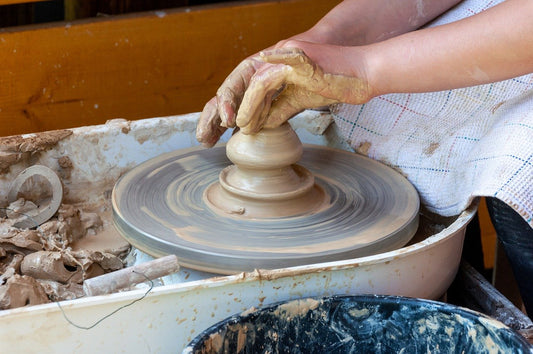For many years every preamplifier on the market was capacitor coupled, input to output. Power amps were universally input capacitor coupled, some were even cap coupled at their outputs.
That was simply the way they were designed and built. They also had fixed AC cords, but that's the subject of tomorrow's post.
Those capacitors were necessary to block incoming and outgoing DC (battery voltage). Cap coupling meant that if you had a source with a bit of DC on its output, you wouldn't get a big pop (or worse) when you connected that source to your preamplifier. Even better, if the preamp was to see DC it would amplify that DC and make things even worse.
Thus, all preamps, amps and pretty much all sources had blocking capacitors on their ins and outs.
That is until we figured out those capacitors contributed to the product's sound, and not in a good way. Once we learned about the sonic degradation of capacitors the next step was to move to better sounding capacitors: bigger (less bottom end rolloff) better, more expensive.
Because we're audiophiles, always in search of better, that didn't last too long.
Next, we figured out a way to eliminate the need for those blocking capacitors altogether. This was a major change that deserved its own name. Direct Coupling.
Today we hardly even mention the term Direct Coupling anymore. It's just what we do.
A bit of history for those of you interested.
Tomorrow, we pull the plug.









